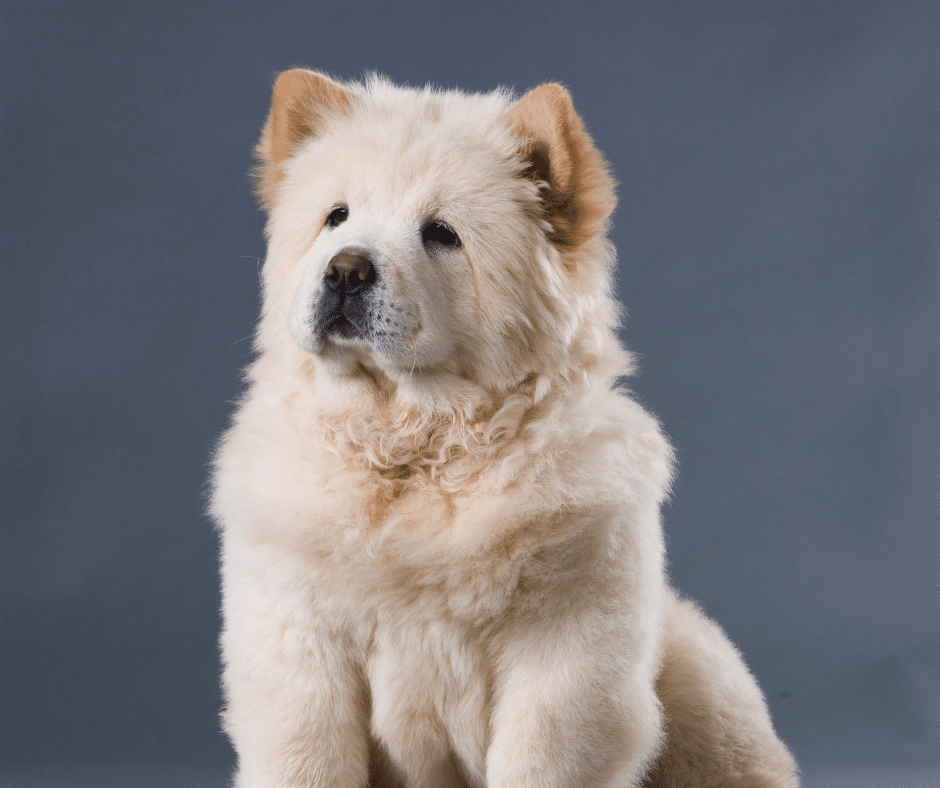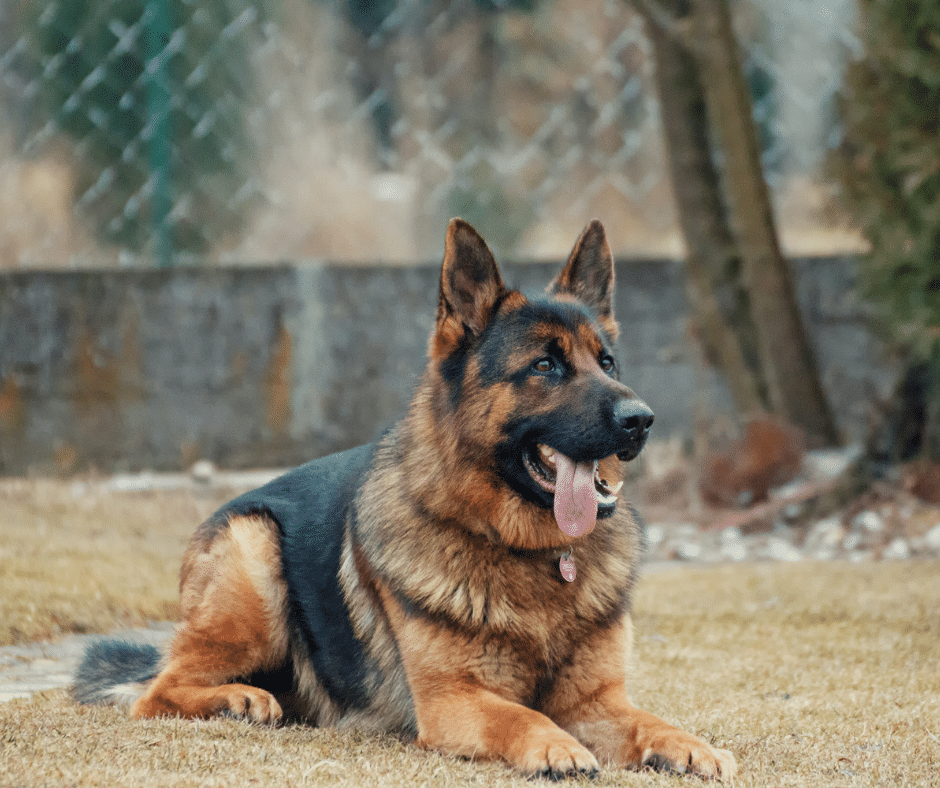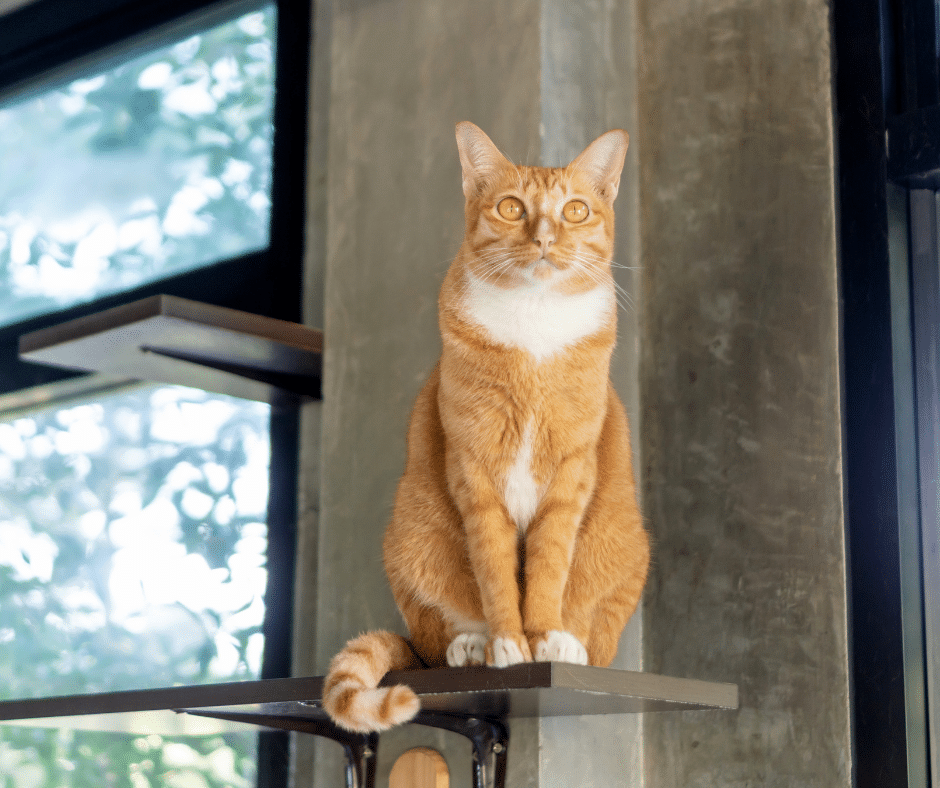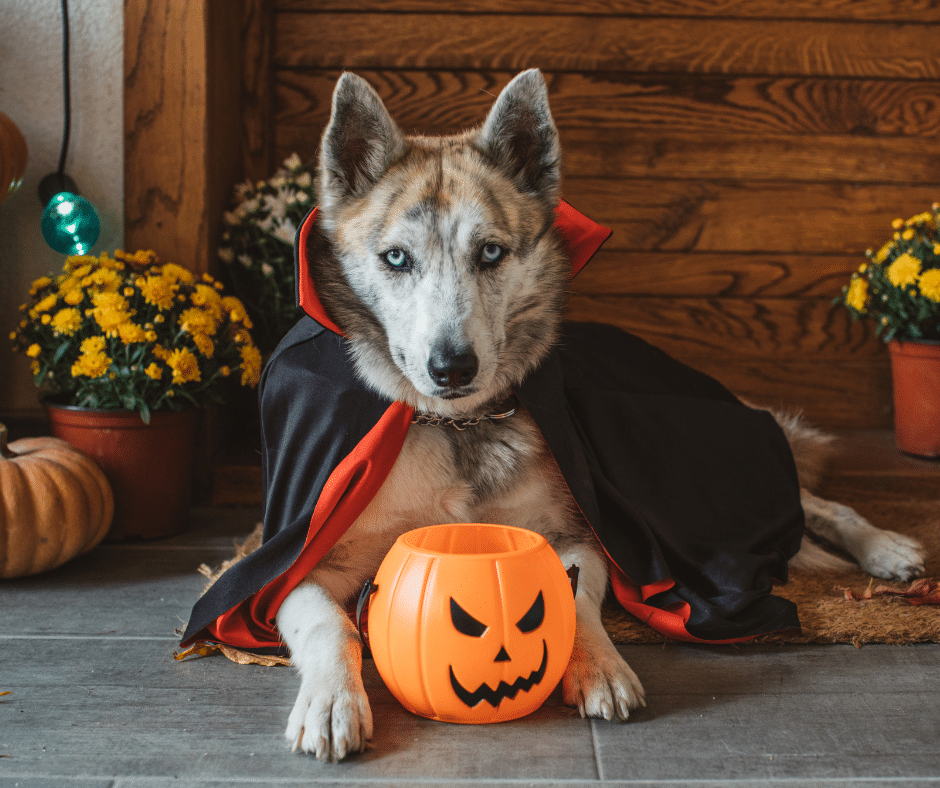Understanding the Risks of Summer Heat for Pets
As temperatures soar during the summer months, it becomes increasingly important to recognize the various risks that high heat poses to our beloved pets. Unlike humans, animals have a more challenging time regulating their body temperature, making them susceptible to heat-related illnesses. This vulnerability is particularly pronounced in dogs and cats, who rely heavily on panting and limited sweating through their paw pads to cool down.
Heatstroke and Dehydration
One of the most severe consequences of exposure to excessive heat is heatstroke. This condition occurs when a pet’s body temperature rises to dangerous levels, potentially leading to organ damage or even death if not addressed promptly. Symptoms to watch for include excessive panting, lethargy, drooling, and vomiting. Additionally, dehydration—a common companion of heatstroke—can manifest through dry gums, sunken eyes, and decreased skin elasticity. Ensuring pets have constant access to fresh water and shaded areas is crucial to prevent these conditions.
Hot Surfaces
It’s also vital to consider the impact of hot surfaces on a pet’s well-being. Pavements and sand can become scorchingly hot under the summer sun, causing painful burns to sensitive paw pads. A simple test to determine surface safety is to place the back of your hand on the ground for seven seconds; if it’s too hot for you, it’s too hot for your pet.
Understanding these risks empowers pet owners to take proactive measures, ensuring that summer outings remain both safe and enjoyable for their furry companions. By being vigilant and informed, the joys of summer can be shared with pets without compromising their health and safety.
Recognizing Signs of Overheating and Dehydration
As the sun shines brighter and outdoor adventures beckon, ensuring your pet’s safety becomes paramount. Recognizing signs of overheating and dehydration is crucial for any pet owner. These conditions can quickly turn an enjoyable day into a dire situation, so vigilance is vital. Familiarize yourself with the subtle and not-so-subtle signals your furry friend may exhibit.
Overheating in pets often manifests through excessive panting and drooling. Unlike humans, pets primarily cool themselves through panting, making it a reliable indicator of distress. If you notice your pet panting heavier than usual or exhibiting difficulty breathing, it’s a sign to seek shade and offer water. Additionally, pets may display lethargy or weakness, preferring to lie down or showing reluctance to move. This behavior signals their need to conserve energy as their body struggles to regulate its temperature.
Dehydration, on the other hand, can be a silent threat. Signs include dry gums, a loss of skin elasticity (where the skin doesn’t snap back quickly when pinched), and sunken eyes. Observing these symptoms means immediate action is needed. Always have fresh water accessible during outdoor play and encourage regular hydration breaks.
By being mindful of these signs, you can ensure that your beloved pet stays safe and healthy, enjoying the summer sun without the harmful effects of overheating or dehydration. Stay attentive and proactive, turning potential hazards into opportunities for responsible care and fun-filled adventures.
Tips for Keeping Your Pet Hydrated and Cool
As the sun blazes with unrelenting intensity during the summer months, ensuring your pet stays hydrated and cool becomes paramount. The risks associated with dehydration and heatstroke are serious, but with a few mindful practices, you can keep your furry friend healthy and happy.
Provide Constant Access to Fresh Water
A fundamental step in safeguarding your pet’s health is ensuring they have constant access to fresh water. During hotter days, pets can become dehydrated quickly, so it’s crucial to replenish their water bowls frequently. Consider placing multiple water stations around your home and yard to encourage regular drinking. For outdoor adventures, a portable water bowl or pet water bottle is an excellent investment to keep your pet hydrated on the go.
Create Shaded Rest Areas
While playing outdoors, pets should have access to shaded areas where they can escape the direct sun. Whether it’s a large umbrella, a tree’s canopy, or a specially designed pet tent, these shaded havens provide a much-needed respite from the heat. An added bonus is placing a cooling mat in these shaded spots to offer extra comfort.
Incorporate Cooling Treats
Cooling treats are not only a delightful snack but also help in regulating your pet’s body temperature. Try freezing low-sodium broth into ice cubes or making homemade pet-friendly popsicles with ingredients like watermelon or banana. These treats serve dual purposes—keeping your pet cool and keeping them entertained.
By implementing these simple yet effective strategies, you ensure that your pet remains hydrated and comfortable, allowing them to enjoy summer play safely. A few preventative measures can make all the difference in protecting your beloved pet from the summer heat.
Choosing the Right Time and Place for Outdoor Play
As the sun shines bright, the allure of outdoor adventures becomes irresistible for both humans and their furry companions. However, ensuring your pet’s safety and comfort during these sunny escapades requires thoughtful planning. A crucial aspect of this preparation is selecting the optimum time and location for outdoor play, balancing the joys of summer with the well-being of your beloved pet.
The time of day plays an instrumental role in safeguarding your pet from the perils of excessive heat. Early mornings or late afternoons are ideal periods, as the sun is less intense, reducing the risk of overheating. During these cooler hours, the ground is also less likely to be scorching, preventing potential burns to your pet’s sensitive paws. This is particularly important for dogs, whose paws are vulnerable to hot surfaces.
Location selection is equally pivotal. Seek out shaded areas, such as parks with ample tree cover or beaches with natural shade, to provide your pet with a respite from direct sunlight. Additionally, consider the type of terrain. Grassy or sandy areas are preferable to asphalt or concrete, as they tend to remain cooler and are gentler on your pet’s joints and feet.
By prioritizing the right time and place for outdoor play, you not only enhance the experience for your pet but also ensure it is safe and comfortable. This thoughtful approach to summer fun fosters a joyful and worry-free environment, allowing both you and your pet to relish the season’s offerings without compromise.
Protecting Your Pet’s Paws from Hot Surfaces
As the sun climbs higher and temperatures soar during the summer months, pet owners must remain vigilant about the welfare of their furry companions. One often-overlooked aspect of pet care during this season is the protection of their paws from scorching hot surfaces. The ground, whether asphalt, concrete, or sand, can absorb and retain heat to a degree that may cause discomfort or even injury to sensitive paw pads.
Understanding the Risks
On a typical sunny day, pavement temperatures can rise significantly above the air temperature, reaching levels that can burn delicate paws. A simple test to determine if a surface is too hot for your pet is to place the back of your hand on it for seven seconds. If it’s uncomfortable for you, it’s likely hazardous for your pet.
Practical Solutions
- Walk During Cooler Hours: Aim for early morning or late evening walks when the sun is less intense, and surfaces are cooler.
- Use Protective Gear: Consider investing in pet booties, which offer an effective barrier against hot surfaces, ensuring that your pet’s paws remain unharmed.
- Stay on Grass: Whenever possible, walk your pet on grassy paths, which tend to be cooler and gentler on paws compared to concrete or asphalt.
- Hydration is Key: Keep your pet hydrated, as it helps regulate their body temperature and prevents overheating during playtime.
By taking these precautions, you can enjoy outdoor adventures with your pet, ensuring their comfort and safety during the warmer months. This proactive approach not only shields their paws from potential harm but also enhances your bonding experiences, allowing both of you to bask in the joys of summer safely. As you transition to the next aspect of summer pet care, remember that prevention is always better than cure.








Recent Comments